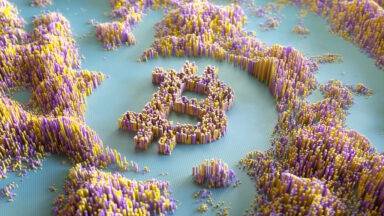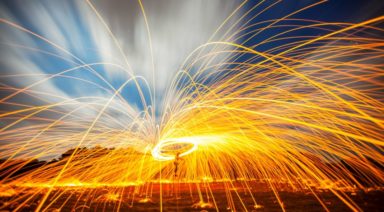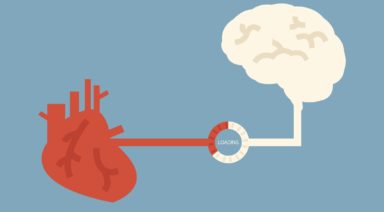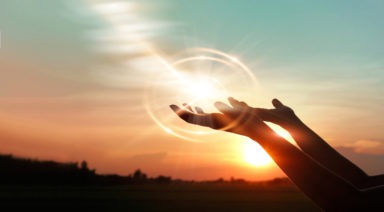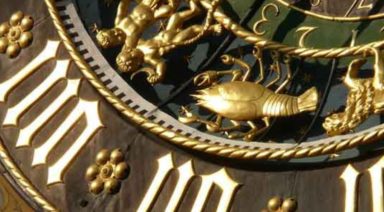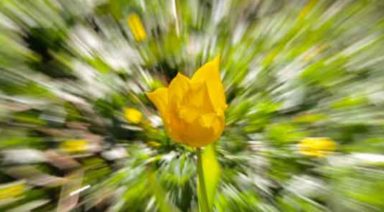How is Planned Obsolescence Harmful to the Environment?
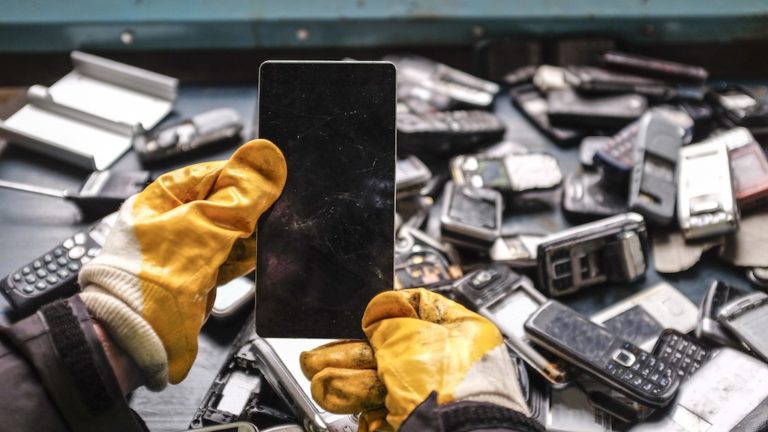
Upgrading to the latest computer or cell phone model has become a habit for us and it’s one that is actively encouraged by the companies manufacturing our devices. This practice of planned obsolescence is nothing new, but now with the components and chemicals needed for our tech gadgets, we need to start considering how planned obsolescence is harmful to the environment.
What is Planned Obsolescence?
The term planned obsolescence, or designed obsolescence, can’t be mentioned without referring to the Centennial lightbulb in Livermore, CA, which has been burning since 1901. The lightbulb was manufactured in the 1890s by the Shelby Electric Company, and hangs in the Livermore-Pleasanton Fire Department.
The light was originally a 60-watt bulb that now shines at about 4-watts, one of the secrets to its longevity. It has been featured on numerous television shows and even has its own live webcam that updates every 30 seconds.
The incandescent bulbs manufactured by Shelby Electric were built to last as long as possible and there are supposedly others out there still working to this day. The bulb’s longevity is attributed to a dedicated power supply, low voltage, and continuously being left on.
Today, incandescent bulbs typically last 1000 hours or so, a far cry from the million hours or so that the Centennial bulb has burned. L.E.D.s are significantly better, typically rated up to 50,000 hours, or about 10 years of life based on average use, but are notably more expensive. So, how is it that a century of technological advents has done so little to improve the light bulb?
In Dec. of 1924, all of the big lightbulb manufacturers, including General Electric, Philips, Osram, and Associated Electric Industries, met to establish the Phoebus Cartel – the first group to implement the practice of planned obsolescence. The cartel grew out of collusion between a few of these industry giants, before the companies realized they needed to ensure all lightbulb manufacturers ascribed to their conspiracy.
Eventually, everyone signed on, and the Swiss corporation Phoebus S.A. was created to be the arbiter of the cartel’s rules. Territories were drawn for each company demarcating where could lightbulbs could be sold, while plans were made to tightly manipulate the market to their benefit. All companies involved had to limit the lifespan of their bulbs to 1,000 hours, compared to the previous 2,500-hour standard. This forced consumers to buy lightbulbs much more often than they once had.

WWII led to the breakup of the cartel, though planned obsolescence survives to this day, maybe now more than ever. And now that old-timer’s claim, “they just don’t make them like they used to,” isn’t just a clichéd adage.
Today, planned obsolescence takes many forms: pieces fall apart quickly or last just long enough to surpass insurance coverage; a newer, flashier model is released, making last year’s model no longer so chic; and now, software updates throttle battery and processing power.
So, what do we do when this happens? The logical answer would be to repair the device, but when that repair is nearly as expensive as a new phone, or attempting a repair on your own would void any warranty, the easiest option is to trade it in for a new one.
Why is Planned Obsolescence Bad for The Environment?
Our tech gadgets require a number of rare earth elements, flame retardants, and chemicals to function the way they do. Aside from the lithium-ion batteries, there are a number of other metals used that have significant environmental impacts from mining and disposal.
This multitude of elements can leach into the earth, polluting soil and water sources, if not properly recycled. Mercury, lead, hexavalent chromium, and cadmium are just a few. Some are carcinogenic, while others cause more particular diseases or nervous system damage.
In the U.S., there is a greater awareness spreading for the need to recycle electronics, but in many countries, most notably Ghana, there exist massive e-waste dumps where old electronics are picked apart for valuable metals inside.
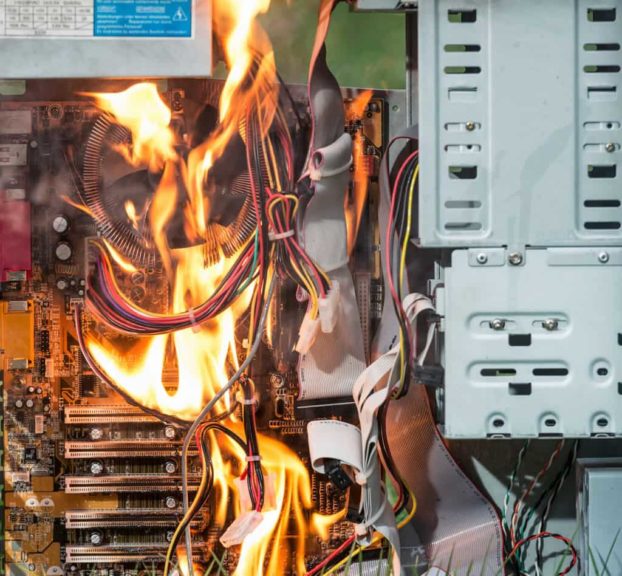
It’s estimated that roughly 50 million tons of e-waste are generated globally every year, containing parts valued at approximately $55 billion. But the places these forsaken devices often end up are areas of extreme poverty, where rudimentary means of ‘recycling’ are employed to extract whatever value is left in them.
In Ghana, it’s common to burn e-waste, letting plastics and invaluable material melt off, until the precious metals inside can be extracted. This process emits highly toxic fumes with little to no oversight from the government or other regulatory agencies. Meanwhile, children as young as 12 years old are put to work in an area some have described as “the gates of hell.”
Corporations Fighting to Protect Designed Obsolescence
Eric Lundgren, founder of one of the biggest e-waste recycling companies in the U.S., made efforts to clean up these landfills in Ghana and China with his company IT Asset Partners. Lundgren’s company is one of the biggest electronics recyclers in the U.S., processing 41 million pounds of waste and guaranteeing a 100 percent no-landfill policy.
Lundgren recently found himself in a lawsuit with Microsoft, facing a $420,000 fine and time in prison for his attempts to refurbish computers. The tech giant accused Lundgren of conspiracy and copyright infringement, saying he ripped off Microsoft through his use of counterfeit restore CDs that reinstall the Windows operating system on refurbished computers.
The restore disks in question only worked on computers already licensed for the Windows OS, they simply allowed refurbished computers to reinstall the software when repaired to working condition. Microsoft doesn’t make these restore CDs and typically they come free from the computer manufacturer. Microsoft also charges only $25 for a new license and copy of the software for refurbished computers, making the restore CDs have almost no value.
Lundgren, in an effort to encourage people to buy refurbished computers, manufactured tens of thousands of restore CDs at five cents each to give to companies buying parts from him that wanted to reinstall windows once they were rebuilt.
Lundgren admitted he had copied the labels on them to look just like the ones produced by manufacturers like Dell, leading to the issue of copyright infringement, but insisted he had no intention of profiting from them.
Nevertheless, Microsoft’s attorneys prosecuted him because they felt he was interfering with the company’s revenue stream – one that benefits from planned obsolescence. Fortunately for Lundgren, the judge is reconsidering the case due to his philanthropic and environmentally conscious work in slowing the cycle of unnecessary consumption and e-waste generation.
But Lundgren’s story shows just how much tech manufacturer’s business model is based on planned obsolescence and the desire for consumers to constantly buy new products. If someone attempts to recycle and reuse older electronics and it even appears to impinge on the company’s profit model, the lawyers are brought in to shut it down.
How Cryptocurrencies Like Bitcoin Can Democratize Money and Society

As cryptocurrencies like Bitcoin break new records seemingly every day, could this lead to a financial and cultural revolution? Or are we not quite there yet?
Cryptocurrencies have recently gained popularity as an alternative to conventional monetary systems. Blockchain is a system in which a record of transactions made in Bitcoin and other cryptocurrencies are maintained across multiple computers that are linked in a peer-to-peer network. Cryptocurrency has no centralized bank controlling the flow of money, but rather a decentralized system controlled by algorithms.
Crypto has been hailed as a way to democratize finances for all, not just wealthy elites. But with the rise in popularity, what are the potential pitfalls of these online currencies?
“Blockchain is a way of digitally marking the development and moving around of this money—you’re making sure that it can’t be counterfeited. They do it in such a way that it’s anonymous and decentralized, but secure,” Zeus Yiamouyiannis, author of Transforming Economy, said.
“The current monetary system can be manipulated; the supply can be manipulated to benefit very few people over the many. As we’ve been seeing over the past few decades, the same pattern keeps emerging and it’s growing, and that is greater and greater gambling by the big boys, to the point where they inherently fail through their greed. And guess who bails them out 100 percent of the time? The little guy who had absolutely nothing to do with it,” Yiamouyiannis said.



